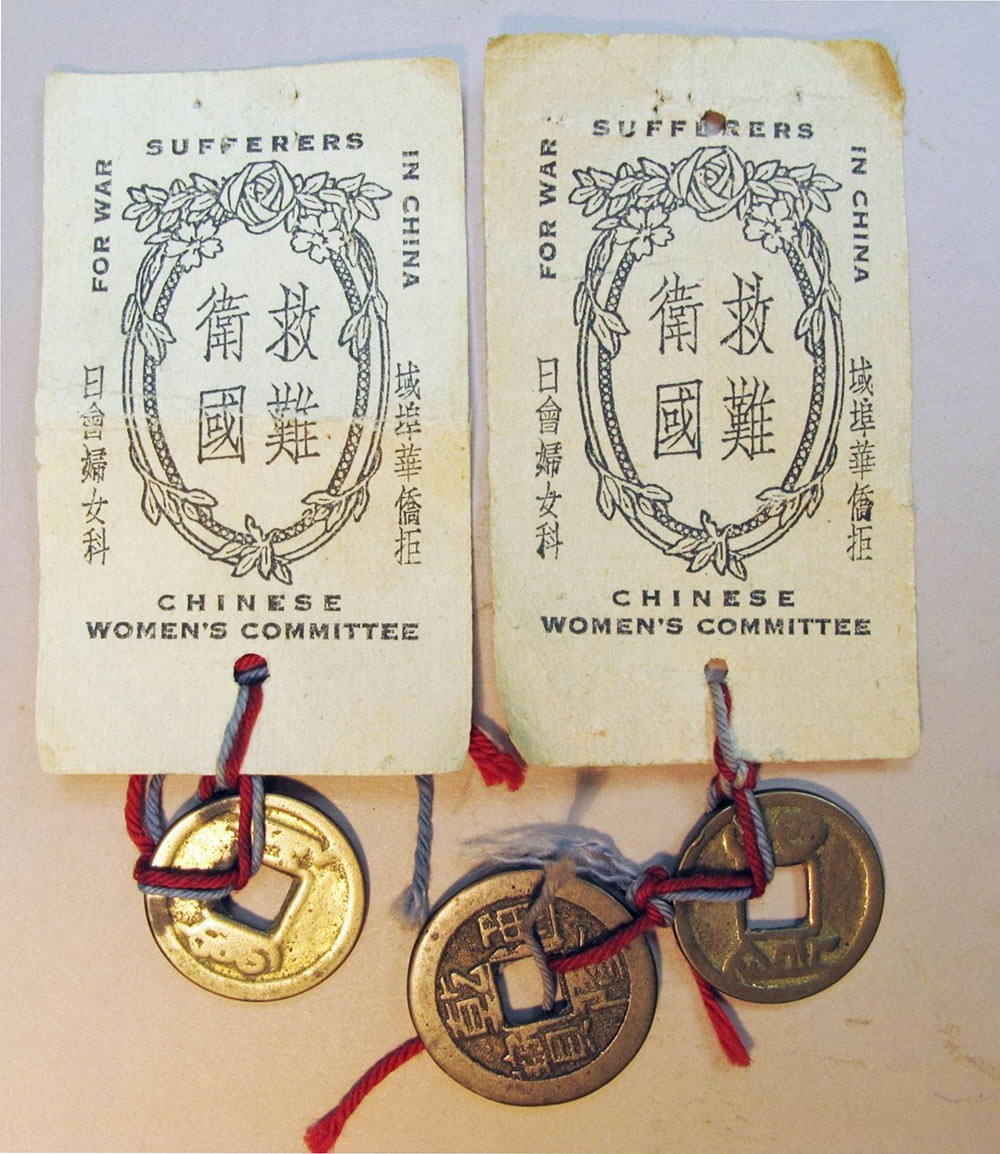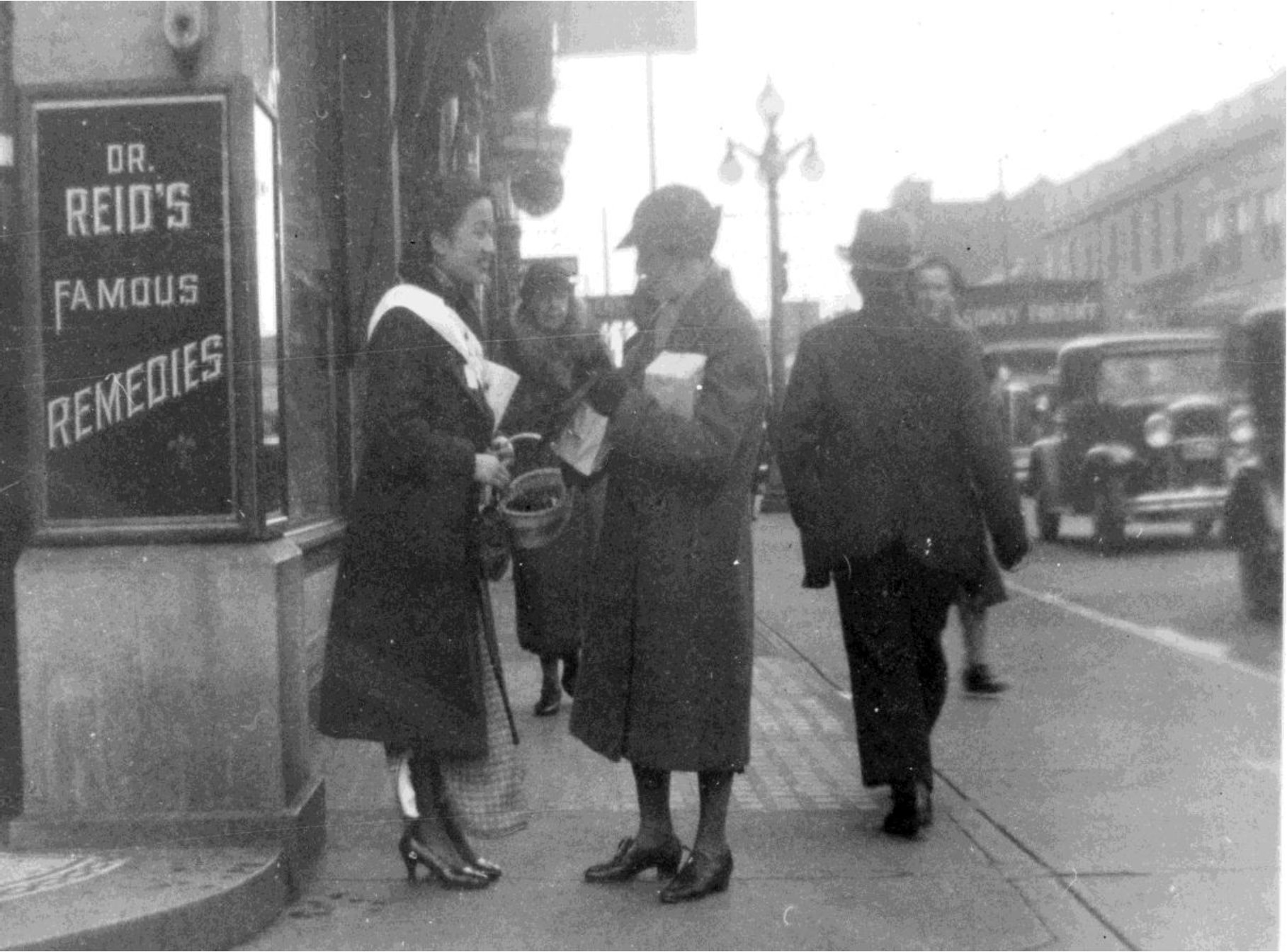By Grant Keddie
I was walking along a back lane in Edmonton, Alberta one day at the age of ten, when I noticed that the McLaughlin’s garbage can was knocked over. Spilled on the ground were three coins, two 19th century French and Portuguese coins and a Chinese brass, one cash piece with a square hole in the centre. I kept these coins, and later because of an interest in Chinese history, I took a special interest in collecting Chinese coins.
When I searched further through the garbage can I found a signed blank check for fifty dollars. My mother suggested I should take the check back and to stop searching through garbage cans. Dorothy McLaughlin gave me 25 cents for my honesty. At six cents each, I turned the 25 cents into four popsicles.
One Mans’ Garbage is another Mans’ Education
My parents frequently said that if I do not study hard in school, I will grow up to be “just a garbage man”. Without my parents knowing, my brother Graham and I started raiding garbage cans on a regular basis. We soon learned who threw out the best stuff. In the Norwood’s garbage can I found a copy of James Breasted’s Ancient Times. A History of the Early World – which furthered my interest in Archaeology. The McGeckie’s garbage can produced a large plastic bag containing a mink coat in beautiful condition – after which our mother’s opposition to our evening activities waned considerably.
I, of course, did became a garbage man, but one of a specialized nature. After I became an Archaeologist, I learned that fur traders, beginning in the 1780s, brought large numbers of Chinese brass cash pieces to the Northwest Coast to trade with First Nations. One early description reports a Haida man as sounding like a mule in harness due to the noise made by the many Chinese coins attached to his outfit.
After 1858, with an influx of Chinese immigrants into what became British Columbia, we saw a new wave of Chinese brass coins introduced – mostly for their use as gambling tokens.
A Pleasant Discovery
I was soon to discover another, but unusual use, of Chinese coins. My curiosity was peaked one day when I saw a 1938, photograph in our Archives collection. It showed a Chinese woman with a basket in downtown Victoria on the corner of Douglas and View Streets. The archives information clearly identified the activities as part of the “Chinese Women’s Committee Tag Day For War Victims in China”.
This, I realized, was in reference to the second Sino-Japanese war that lasted from July 7, 1937 to September 2, 1945. The Chinese were suffering significantly from the invasion of the Japanese army.
The photograph shows what appears to be a women going into her purse to give a donation and in turn receive something from the basket.
One day, in a second hand store, I was delighted to find what was obviously an example of the item in the women’s basket.
It was a paper tag on which was written, in both Chinese and English: “For War Sufferers in China. Chinese Women’s Committee”. Attached to the tag with coloured string was a modern copy of an old Chinese copper one cash coin. It was from the reign of Chien Lung 1736-1793, which was considered a period of good luck.
Years later I came across a second example of this tag with two coins attached, one a similar copy to the one on the first tag, the second one a real coin from the same time period. These are the only two coin tags that I know of. They provide a unique addition to the photographic image of this social action taken by a Chinese community in British Columbia.
I though it appropriate to donate these unique artifacts to the Royal B.C. Museum history collection in my name – only because I never knew the name of that dog who tipped over that garbage can so long ago.

